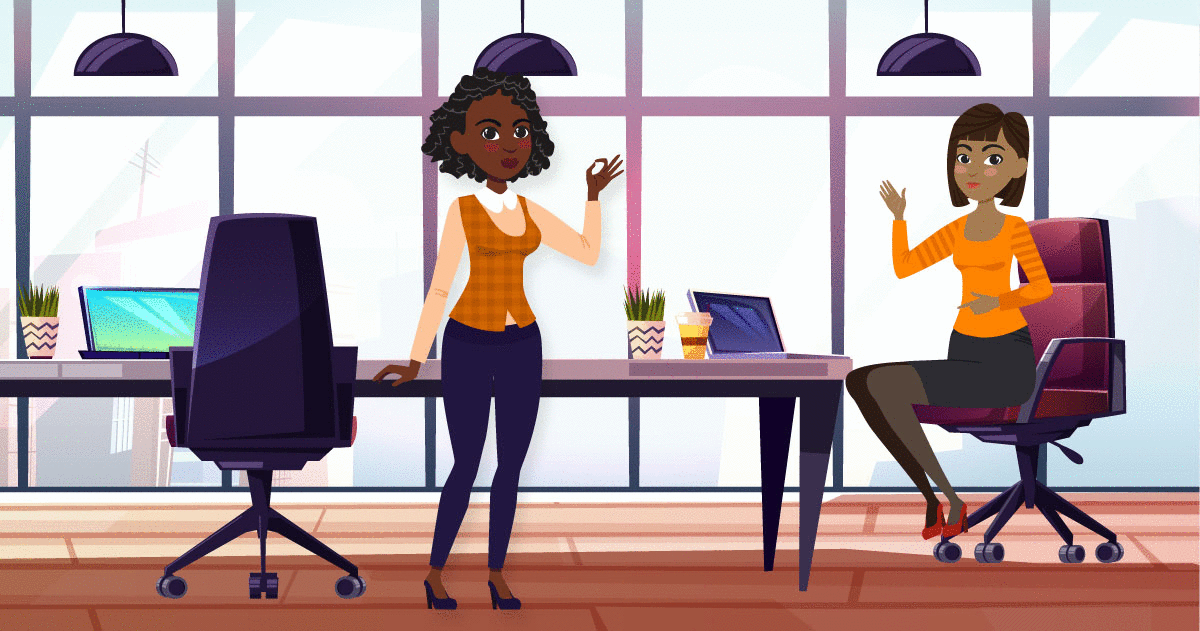
Your body is a mobile notice board. What you don’t say in words, is reveals in signs – from obvious gestures like fist pumps to less obvious ones like shifting feet. What are other bodies telling you - and what might yours be revealing?
It’s only words, but words aren’t all we have. The man who turned reading bodies into science, anthropologist Ray Birdwhistell, said: "no more than 30 to 35 percent of the social meaning of a conversation or an interaction is carried by the words”. He named the new field kinesics.
Body language can tell you about someone’s true emotions even if they don’t want to. This could be useful for anything from first dates to business meetings but it’s important to remember a few points.
A single sign isn’t a reliable clue – look for consistent signals and different signals which suggest the same thing. Context can change what a signal means – you might cross your arms because you feel defensive or maybe just because you’re feeling cold. And though a smile is a smile anywhere, some body signals have different meanings in different cultures and groups. Finally: this is not an exact science, so don’t use it to make final judgments about people.
Kinesis is a complicated business with many subcategories and endless lists of possible signals, so let’s stick to one set-up: what you might pick up in any kind of group. Where to start?
IN YOUR FACE
The face seems like the obvious choice since it’s so expressive, but it’s a bad place to start reading body language, says Nick Morgan, communication theorist and founder of Public Words (www.publicwords.com). We learn how to mask true feelings since we have to get on with many people in different situations. So we can pretend to be interested or smile. At least a genuine smile can’t be faked. It reaches the eyes – if there are no crinkles at the corners, the smile is insincere and hiding something.
Most of us have heard people can't look you in the face while they lie. True, but a skilled liar knows that as well, and might try to trick you with an unwavering stare. If you’re being eye-balled so hard that your skin crawls, chances are you’re being lied to.
Fictional detectives often watch where the eyes go after a question. It’s true that eyes tend to look right when the brain is imagining or creating, and left when the brain is recalling or remembering. A possible lie might be revealed by a glance to the right.
Ever wondered why some people close their eyes for longer than a blink during a conversation? They could be feeling troubled, frustrated or having an emotional struggle. Lowering the gaze is a meek, unconscious plea for support – unless it’s a cultural thing (remember context!).
Raised eyebrows can seem flirty or cool on movies, but in real life, they signal discomfort.If somebody talking to you raises their brows and the topic isn’t one that could cause surprise, worry, or fear, something is up.
BODY TALK
Someone who nods like crazy while you talk to them could be worried that you don't rate them or don't think they could follow your instructions.
Hands clasped behind the back signals that someone is losing interest in the conversation, getting anxious or getting angry.
Standing with legs together can show deference, while constantly shifting your weight or rocking forward and backward is a comforting move - a sign that you're anxious or upset.
The face can lie but the feet won't, says Dr Travis Bradberry, co-founder of a worldwide company that provides emotional intelligence tests and training (www.talentsmart.com). People are usually so focused on controlling their faces and upper body that they forget about their feet.
Standing or sitting, people generally point their feet in the direction they want to go. If someone’s feet point at you, it could show they have a favourable opinion of you. If they want to move on, their feet will point to the corner or person they’re targeting.
Even when you’re sitting, feet are signalling. If they’re turned inward, big toe to big toe, they are self-protecting. This says you’re feeling awkward or insecure. Fidgeting may mean that you want to get out. In a group, people tend to point the toes of the top leg toward the person they feel is most approachable.

HANDS-ON
Hands reveal a lot about what is going on in heads, writesJoe Navarro, former FBI agent and expert on nonverbal communications and body language (www.jnforensics.com).
How we touch shows how we feel about someone, he explains. Full touch with the palm of the hand is warm and affectionate. Fingertips only, are less affectionate.
The first touch is often a handshakeand it can make a lasting impression. But the shake doesn't get the same rating worldwide, Jim points out. In some cultures, it’s a second choice after a hug or a kiss and the one grip nobody likes is the politician’s handshake (two hands over one).
The more spread your fingers, the more likely you’re feeling strong and confident. You bring them closer together when feeling insecure and might tuck in your thumbs under serious stress.
Oddly enough, Jim considers a finger steeple to be our most powerful hand signal of confidence.
Now that you know a few more things about body language, don’t forget that other people might know a few as well. So watch yourself!
BODY LANGUAGE DECODED
 Reviewed by Jet Club
on
March 01, 2019
Rating:
Reviewed by Jet Club
on
March 01, 2019
Rating:
 Reviewed by Jet Club
on
March 01, 2019
Rating:
Reviewed by Jet Club
on
March 01, 2019
Rating:





